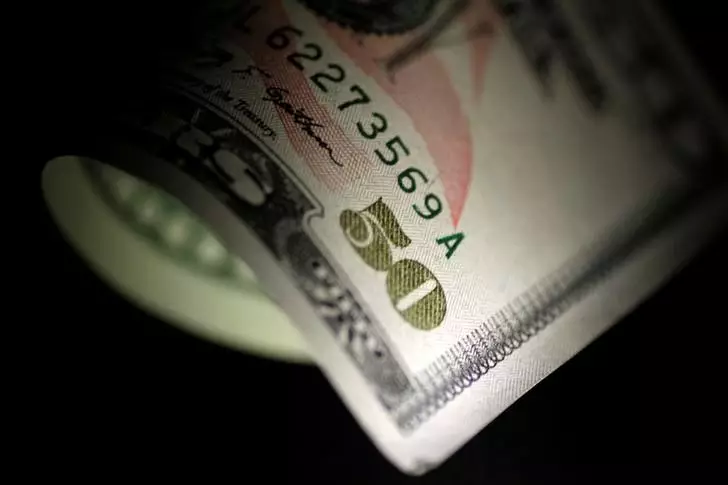This week has seen a resurgence of interest in the US dollar, with recent signs suggesting that its previous weakness might be waning. At the time of this analysis, the Dollar Index—tracking the dollar against a basket of six significant global currencies—has demonstrated a slight dip of 0.1%, settling at 101.642. However, this minor retreat comes just after reaching a six-week peak, showcasing an overall weekly uptick of approximately 1.5%. Such performance marks the dollar’s strongest weekly change since April, highlighting a momentary resilience amid longstanding concerns about its trajectory.
Several factors have contributed to this shift in sentiment. A pivotal element is the heightened geopolitical tension that often drives investors toward safer assets, such as the US dollar. Additionally, recent labor market data revealed unexpected strengths, including indicators that precede the nonfarm payroll and unemployment indicators—critical metrics for gauging economic health.
Moreover, the European economic landscape adds another layer of complexity. With inflation rates coming in lower than anticipated, market analysts are now considering the implications of a potential rate cut by the European Central Bank (ECB) of 25 basis points in October. Such developments point towards a broader economic environment that could help bolster the dollar temporarily.
However, not all projections are optimistic. UBS analysts have taken a cautious stance, advising against those looking to capitalize on the dollar’s recent gains. They suggest that if the trend in inflation continues to undershoot expectations, the US might see its inflation rate approach the target of 2%. While this outcome isn’t considered the most likely scenario, it cannot be dismissed entirely.
The central bank’s monetary policy becomes a critical focal point in this discussion. If inflation drops sharply, UBS posits that it could lead to a significant rate reduction of 50 basis points from the Federal Reserve as early as November. This outlook could potentially contribute to a broader weakening of the dollar in the months to come.
In light of these factors, UBS has issued a clear advisory to its clients: utilize the current phase of dollar strength to mitigate exposure to the currency. This guidance reflects a broader understanding that while the dollar may rally temporarily, fundamental weaknesses suggest a tendency toward longer-term depreciation.
Investors should remain vigilant, focusing not just on historical trends but also on the fluid dynamics of economic indicators and geopolitical developments. The current state of the US dollar exemplifies a complex interplay of factors that could alter its standing in the global currency market. As with many financial forecasts, cautious optimism may be warranted, underscoring the unpredictable nature of currency values in an ever-evolving economic landscape.

